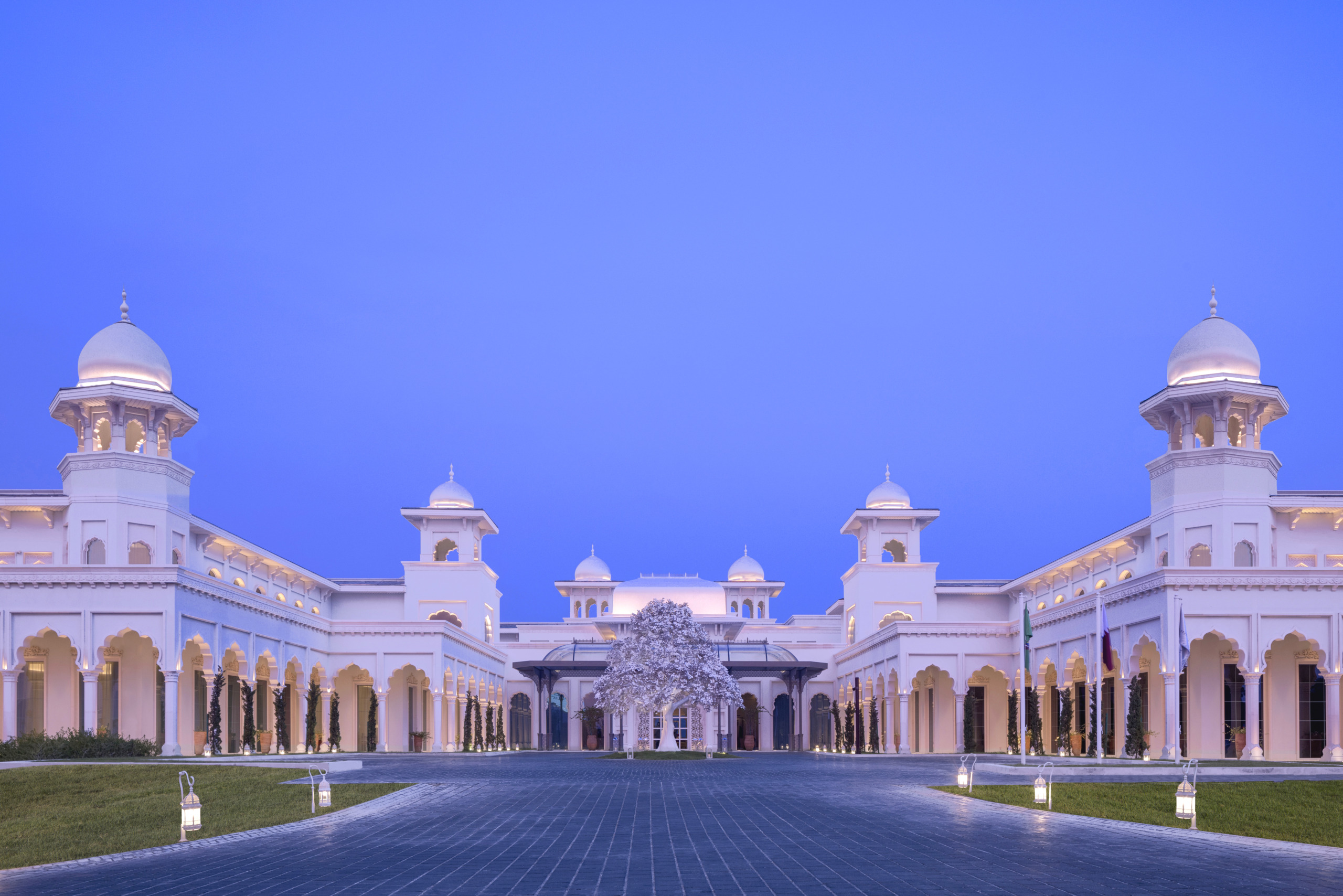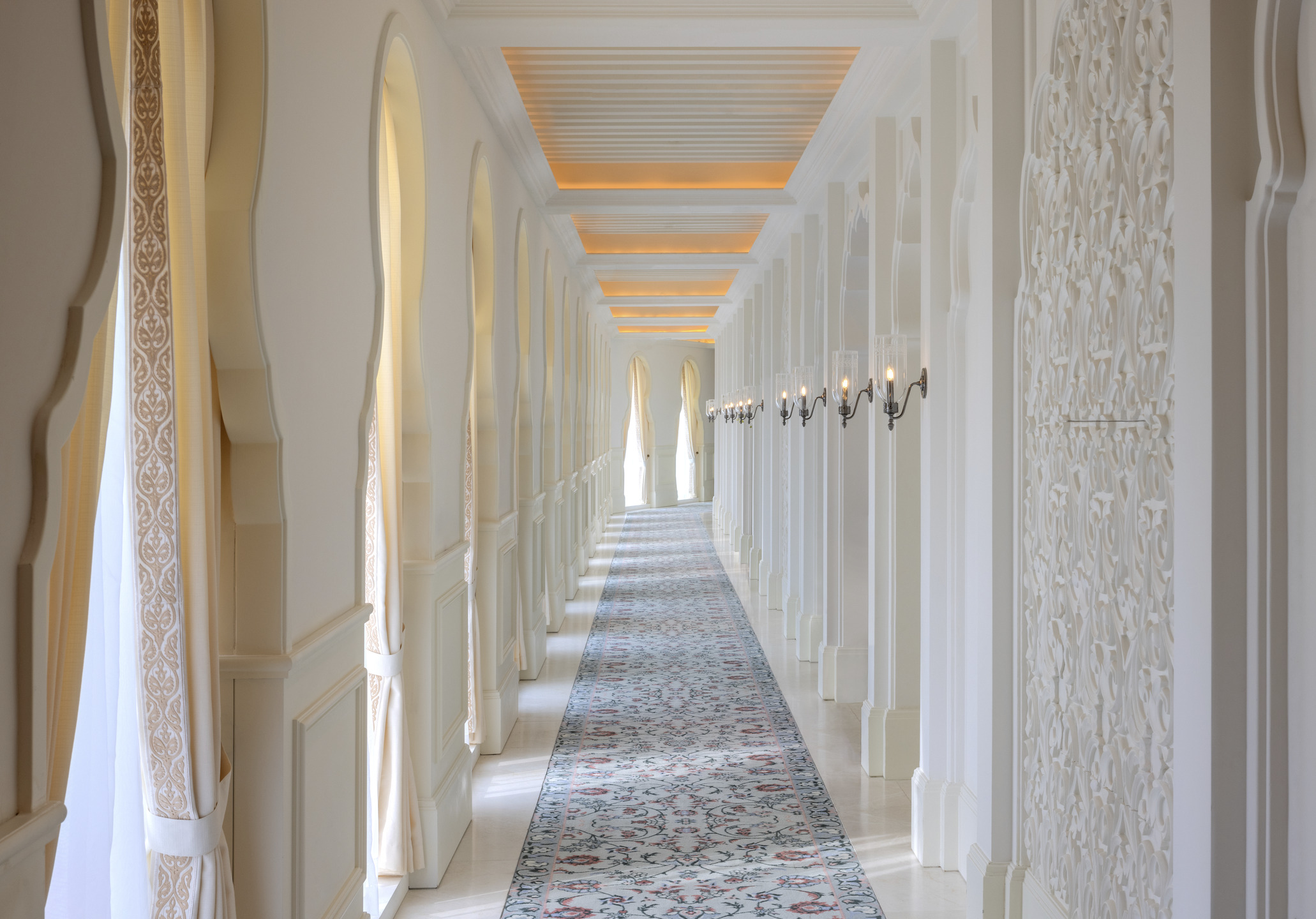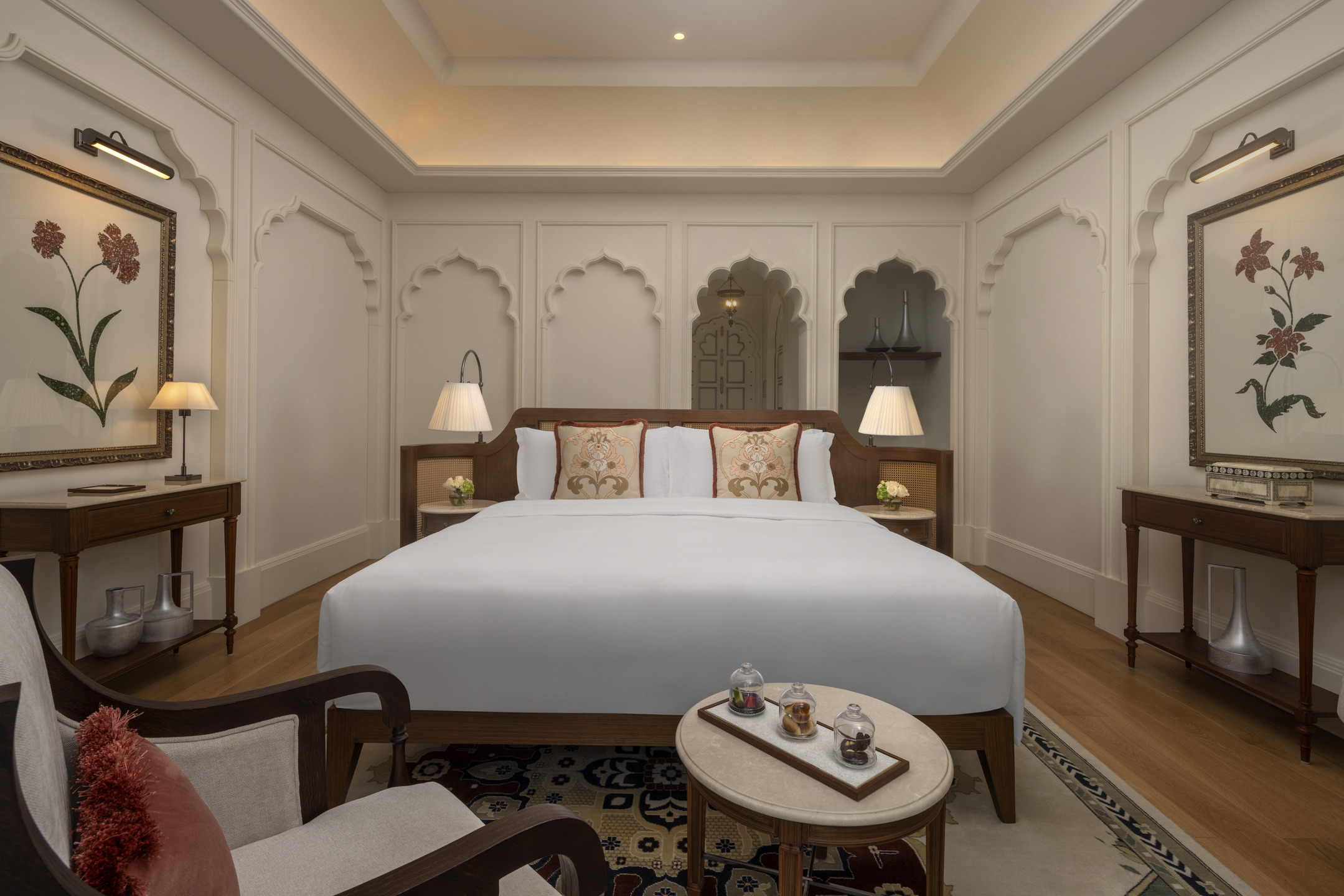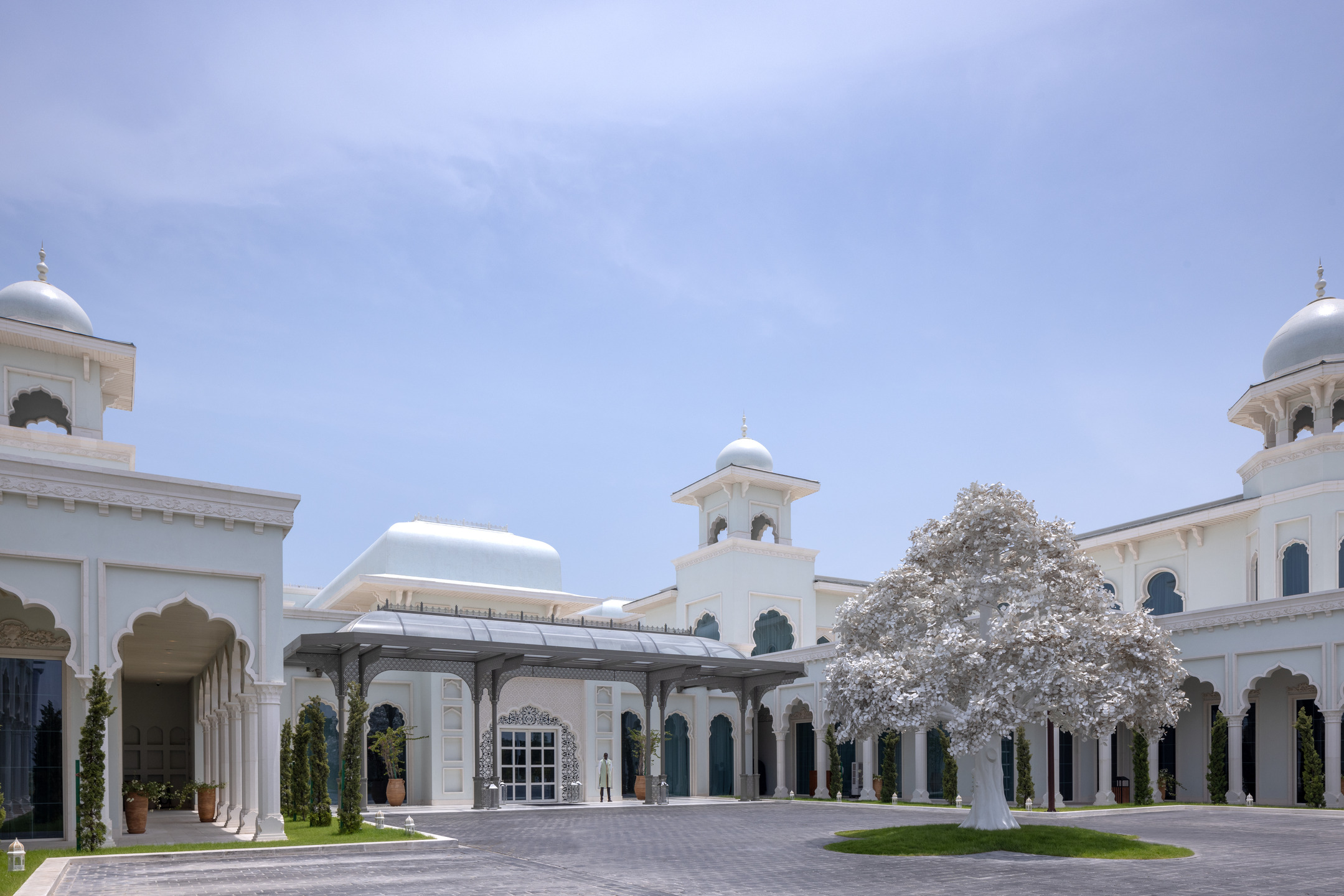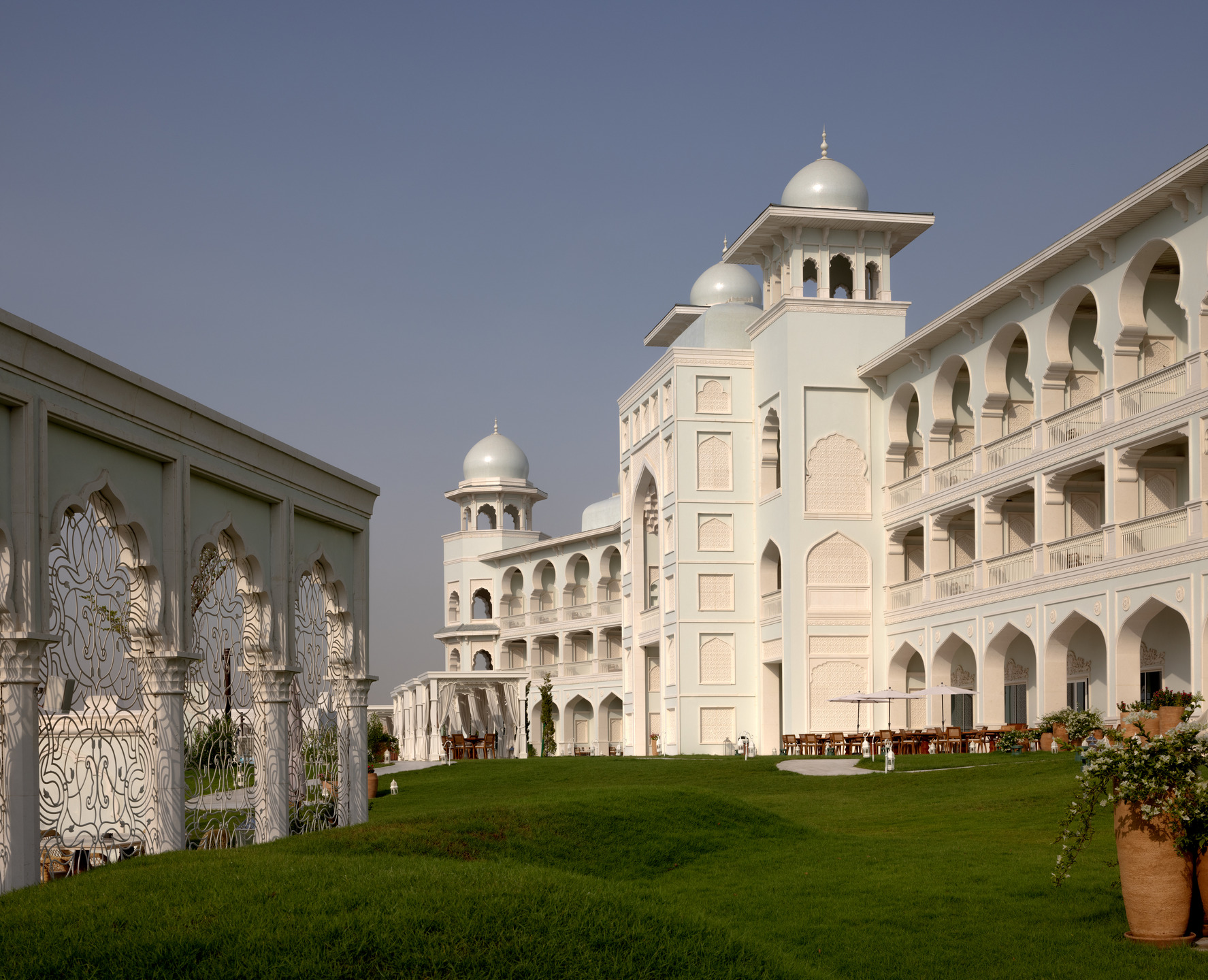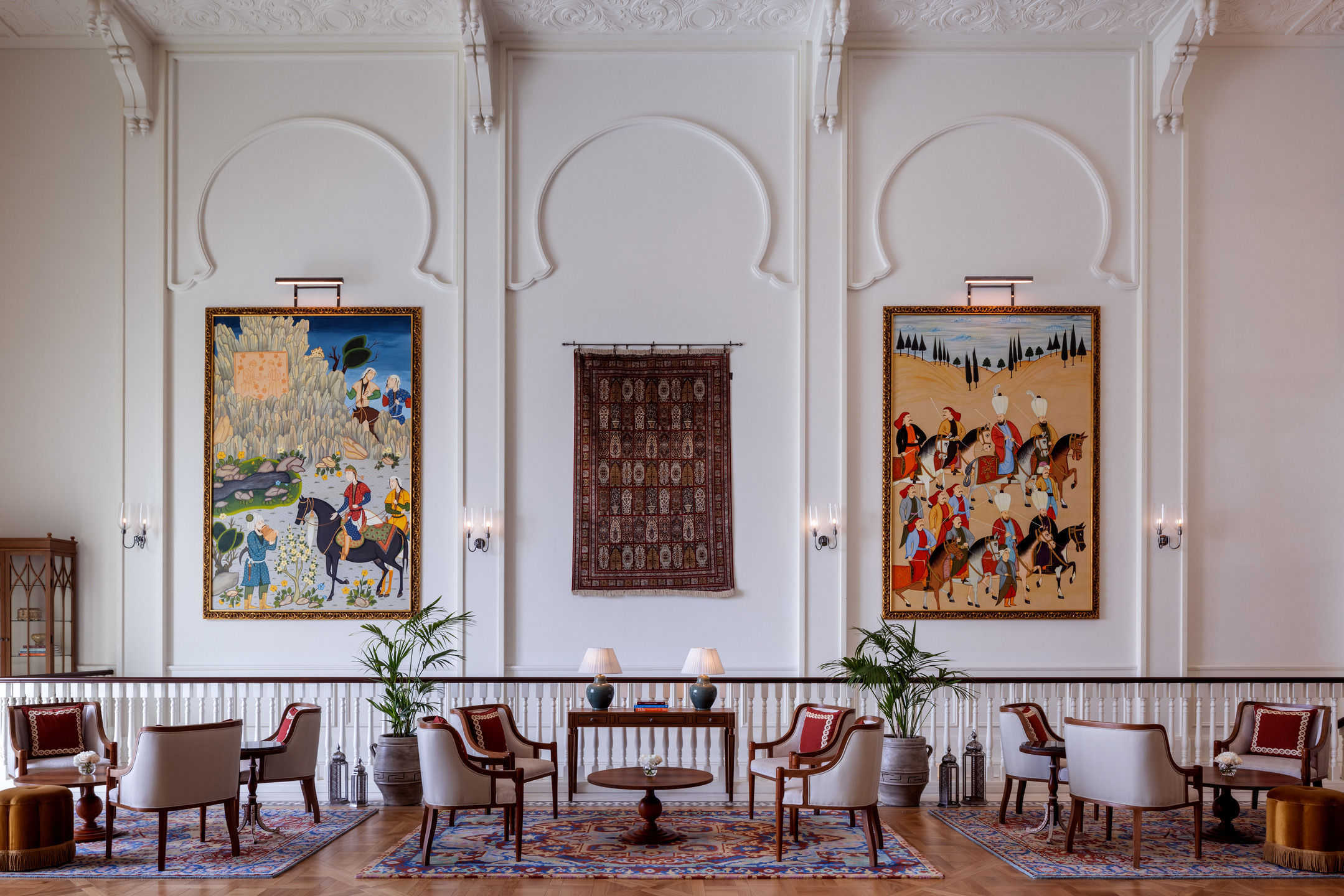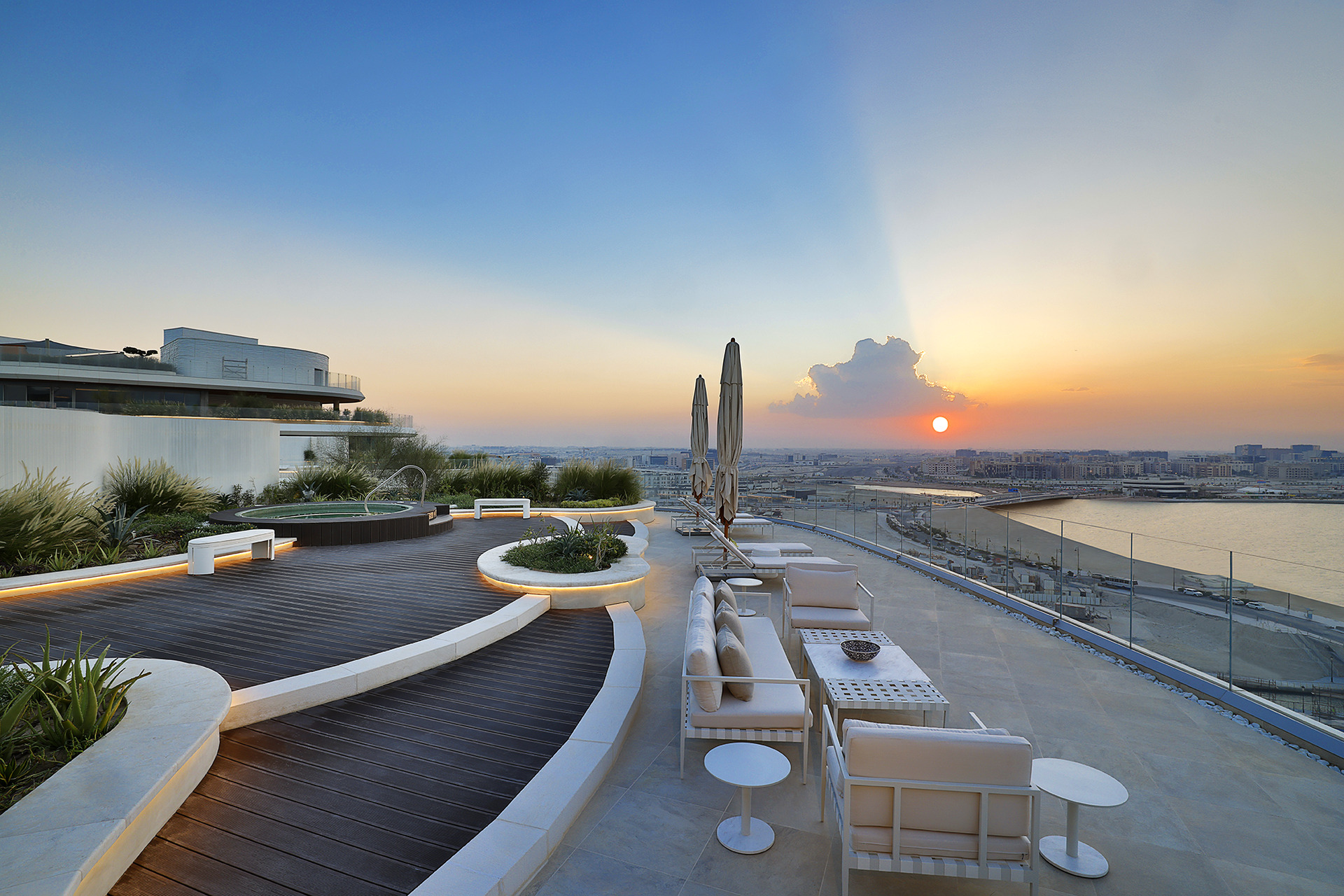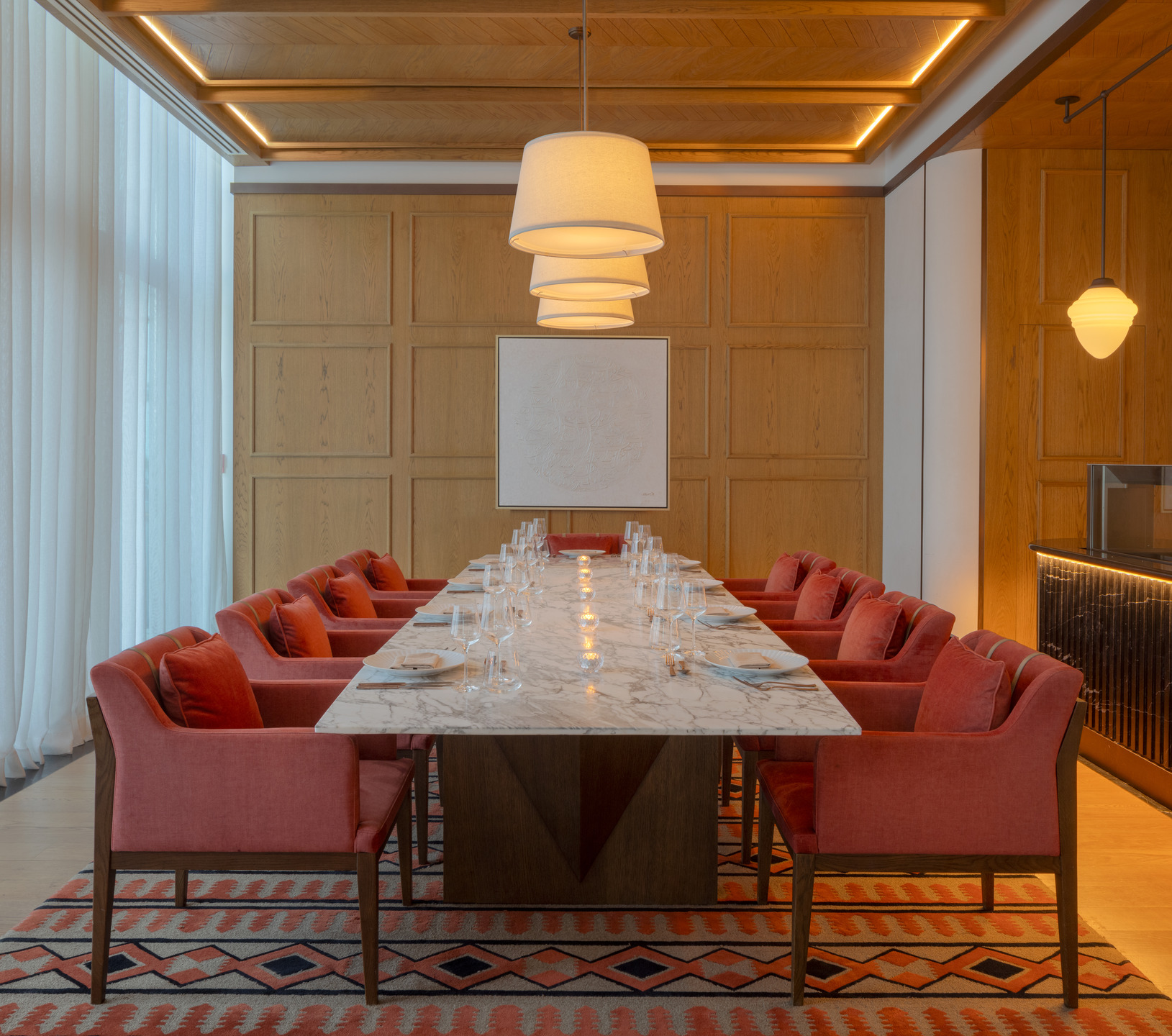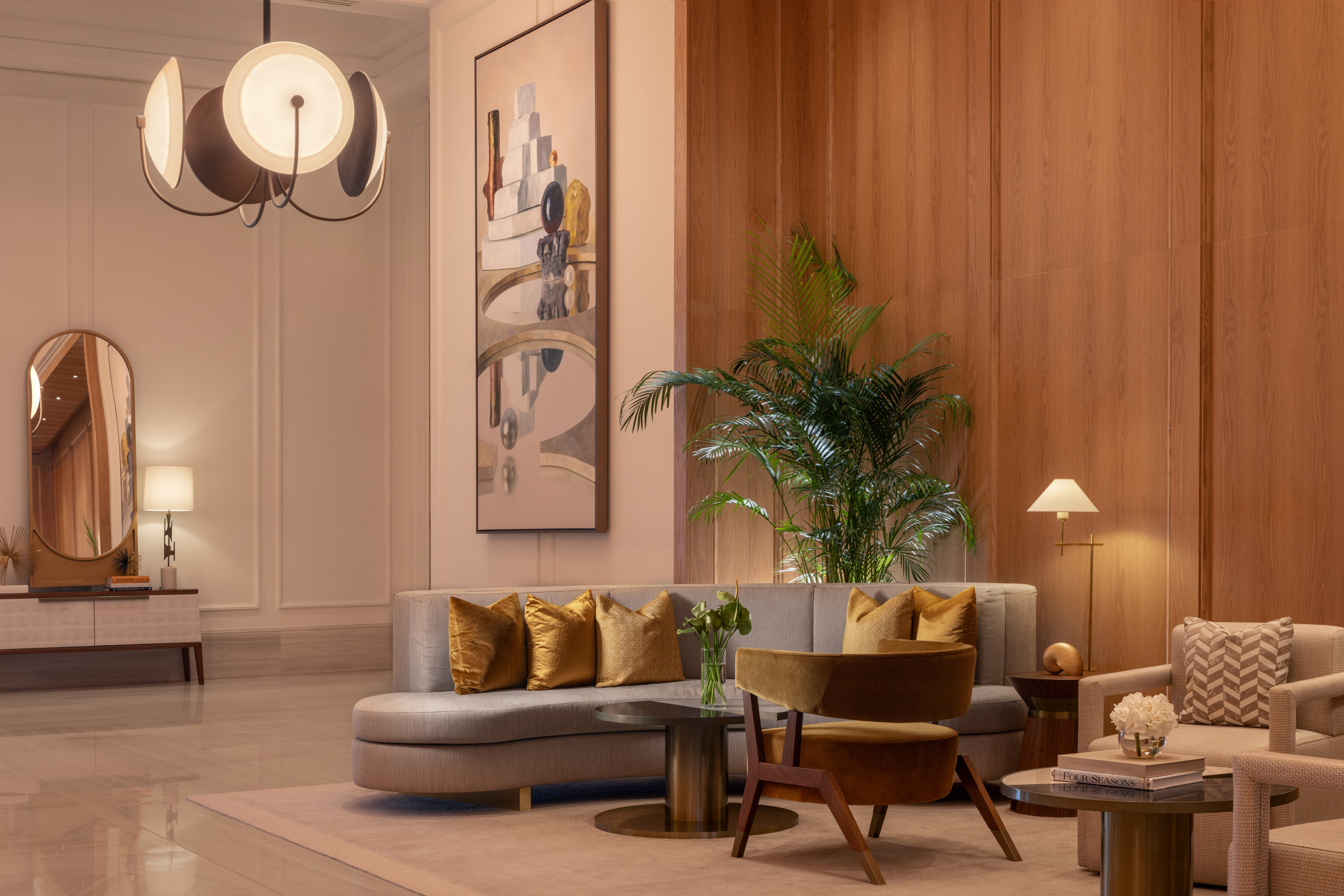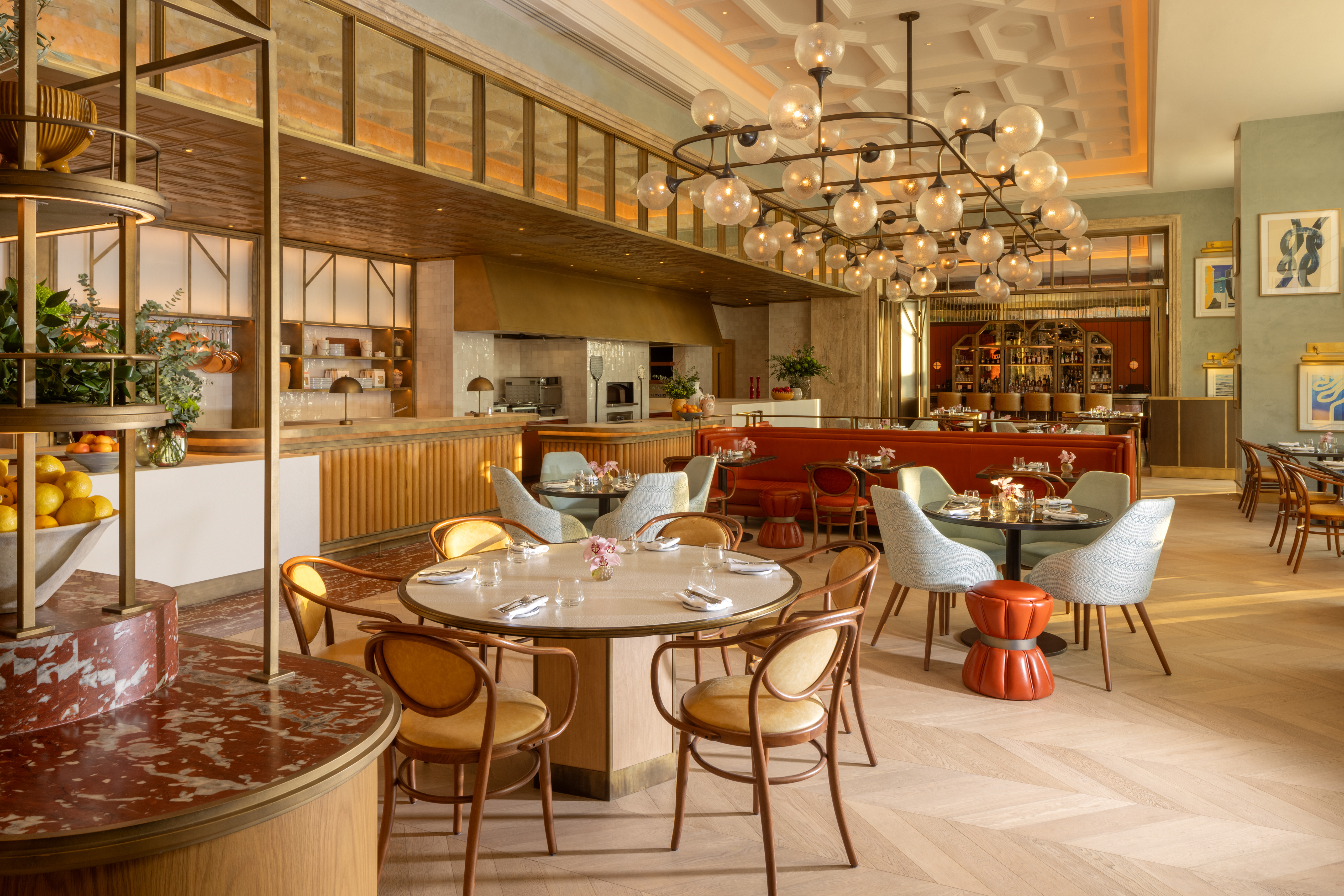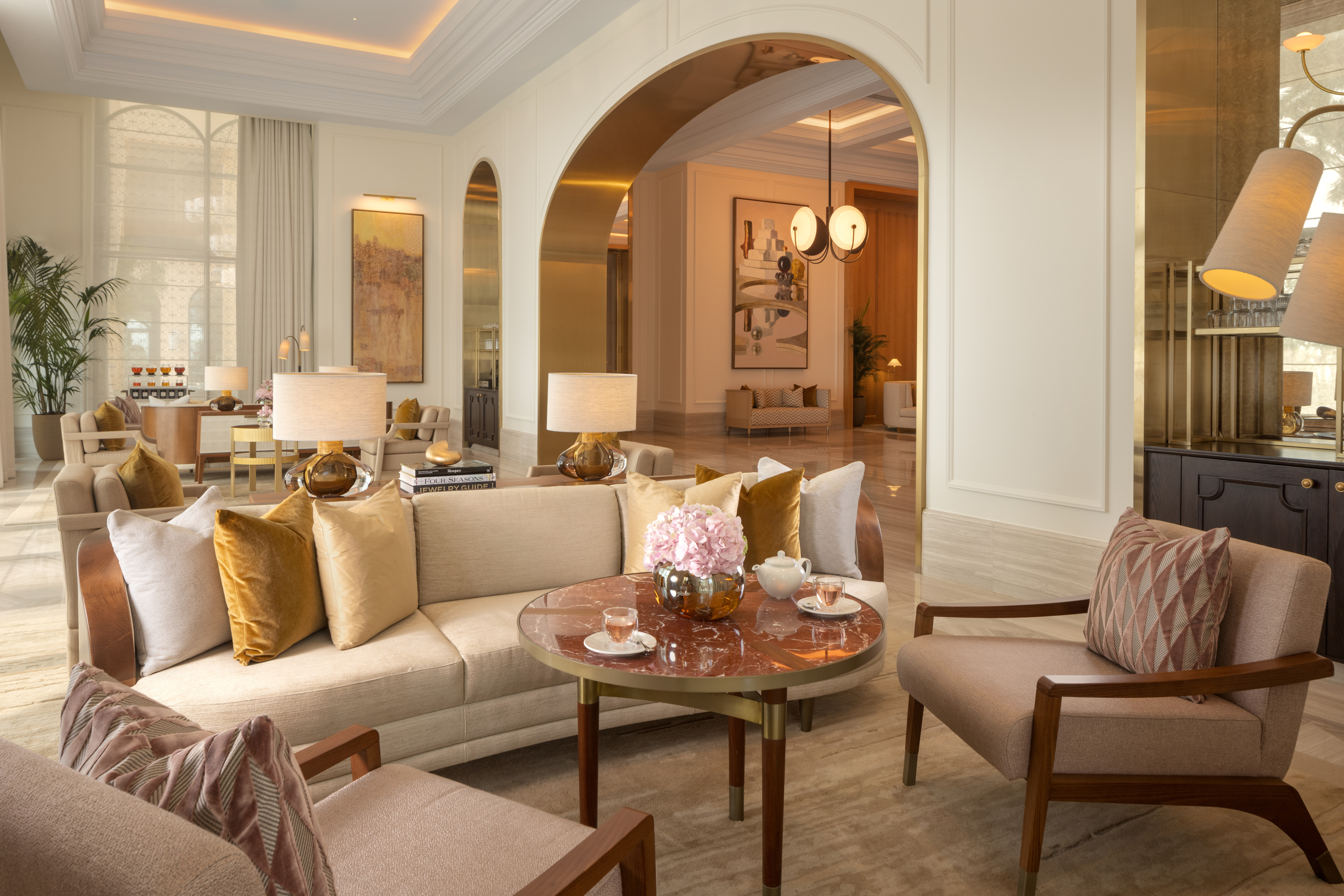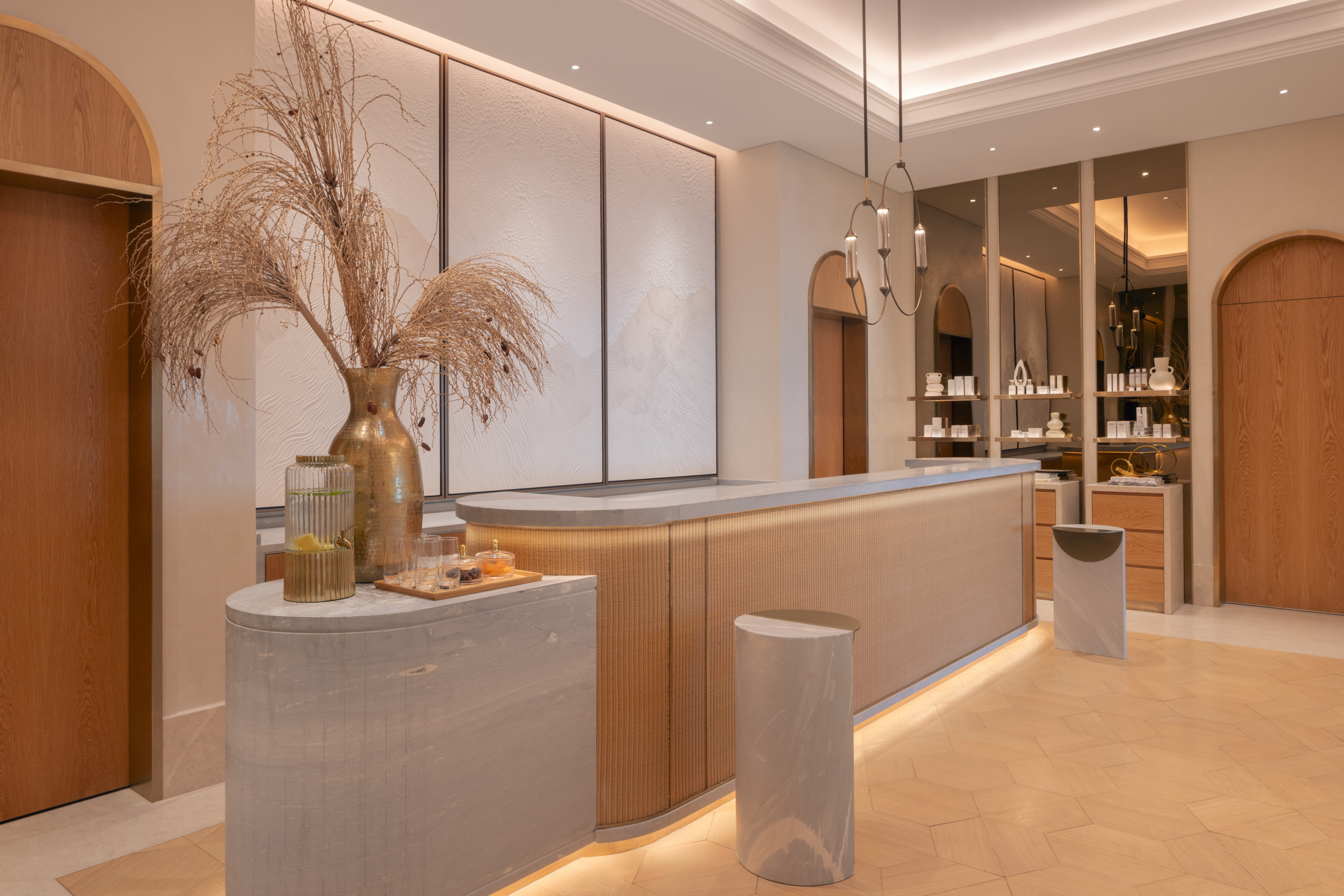Crafting Diverse Experiences for Global Appeal
By WATG
May 2, 2024
In recent years, Qatar has been firmly pushing ahead with its plans to become a travel hotspot in the Middle East. Hosting the 2022 World Cup furthered its position, helping it to stand out from the neighbouring UAE. International tourism is expanding rapidly with a goal of welcoming over six million visitors a year by 2030.
As a result, a whole new set of opportunities and challenges for operators and investors looking to develop here has arisen. When introducing a brand, however, it’s pivotal to understand the distinctive cultural context and how a building will actually work within the local lifestyle. There is also the need for a considered climatic response, with temperatures frequently rising above 45 degrees Celsius.
As well as places for international visitors, hotels in this region also tend to go beyond tourism, providing essential meeting spots for locals and as hubs for activity and places that create moments of connection. They are therefore widely deemed a ‘third space’, especially when factoring in the climate and the need for respite from the heat.
Equally, developers in this region are often looking to achieve very high standards. The different cities in Qatar are cutting their own paths as new destinations in the Middle East. These are places that wish to distinguish themselves as different from their neighbours while becoming a stronger international gateway.
In essence, the evolution of Qatar’s hospitality offering reflects a delicate balance between honouring tradition and embracing innovation. As the nation emerges as a leading destination not just in the Middle East, but on a global scale, the combination of cultural authenticity with modern luxury becomes paramount.
In the last two years, WATG and Wimberly Interiors have successfully completed three 5-star hotels in Qatar; the Chedi Katara in Doha, the Waldorf Astoria in Lusail and the Four Seasons The Pearl, also in Doha. With each new hotel, Qatar is able to showcase its commitment to offering diverse experiences while staying true to its roots.
Three neighbouring hotels, three very different propositions
Starting off with the Chedi Katara, an exciting new destination in the cultural village, where General Hotel Management (GHM) entrusted WATG and Wimberly Interiors with the creation of their third property in the GCC region. This hotel offers 59 rooms and suites, as well as 32 villas, and world-class culinary concepts sitting on a picturesque beachfront.
Prior to development, the owner/investor was inspired by a trip to India and the Rajasthani palace style. WATG worked very closely with them to bring about a faithful renovation of this architectural form, while also creating something truly unique. The goal was to pay homage to Qatar’s rich history as a hub of cultural exchange and, as a result, the final design presents a fusion of different architectural styles – neo-classical Europe, Mughal heritage, and a touch of Ottoman influence.
Around three kilometres away, there is the Waldorf Astoria Lusail, representing a collaboration between WATG’s architecture, landscape, and interiors studios. In this case, our teams brought to life the client’s vision of a stand-alone integrated resort destination that can host a landmark structure within a masterplan development. Taking advantage of the full length of the site, the form rises and falls elegantly, with smooth simple curved forms, taking on the essence of flight – reiterating the idea of a journey or escape.
This hotel design needed to reflect the Waldorf Astoria brand, with an initial concept that was inspired by the ‘cool’, sun-soaked, urban resorts of Miami and LA, while fitting in with the local environment. The opening also coincided with the World Cup so it was important that, once complete, this resort would become a highly sought-after destination during one of the region’s biggest sporting events in history.
The most recently opened of the three, the Four Seasons Resort & Residences the Pearl – Qatar is situated on a highly prestigious position on The Pearl. The hotel offers guests an eclectic balance of modern and traditional elements, grounded within a timeless interior architecture. The design concept, led by Wimberly Interiors, was inspired by the vibrant flora and fauna of Doha and the surrounding Qatari landscape, with a particular draw from the shells, sand the sea.
In addition to being a place of escape for passing visitors, this development also offers a rental program to meet the needs of guests who are looking for a longer-term stay. Each of these apartments has been thoughtfully designed to ensure not only the best in materials and furnishings, guest feel truly at home. This has been achieved with the addition of fully equipped kitchens and sufficient storage space, some also include extra bedrooms for housekeepers or nannies.
Shaping unique and culturally resonant experiences
Each hotel has required a fully bespoke design approach – respecting its setting and the rich heritage that Qatari’s are so proud of, while also offering something fresh and exciting.
The interiors at The Four Seasons Resort and Residences at The Pearl draw inspiration from Qatar’s diverse landscapes, blending soft golds and ambers reminiscent of the desert with vibrant blues reflecting the surrounding waters. This fusion of colors sets the tone for the decor, which offers breathtaking 360-degree views of the Arabian Sea. The commitment to Qatar’s rich arts and culture is evident in the collaboration with Qatari contemporary artist Shouq Al-Mana, whose work influences the selected artwork and sculptures curated by Wimberly Interiors throughout the property.
At the Chedi Katara, traditional and contemporary elements merge to create a refined ambiance infused with strong Arabic influences. Meticulous attention to detail is evident in every aspect of the design, from the intricate frame fretwork to the precise figurative elements and mouldings, showcasing a deep respect for Mughal design. Functionality is paramount, with integrated features such as glazed screens ensuring guest comfort year-round by providing protection from high temperatures while preserving the architectural authenticity of the building.
At the Waldorf Astoria Lusail, the design strikes a balance between blending into its neighborhood and standing out as a landmark. While leaning towards the latter, it integrates well with the evolving surroundings while making a strong impression on the beachfront. Offering a modern and bold view from the Persian Gulf, its curved frontage evokes movement and the golden age of travel, complementing its position in Alar, the overarching masterplan named ‘wing’.
The benefit of authenticity in design

With all three hotels now fully operational, each showcases the importance of understanding place and taking a considered and authentic approach. As designers, we must tread a fine line between both this cultural aspect and the vision of the brand or client leading the project. The design narrative must then go one step further to consider the guest experience, referring to the key pillars of luxury hospitality and the romance of staying in a place that is all about escapism.
By blending local heritage with contemporary global luxury, we can craft timeless narratives that resonate with both guests and locals alike. This ensures that every hotel becomes a true reflection of its surroundings, in this case embodying the essence of Qatar’s vibrant culture and unparalleled hospitality.
It’s all about being genuine. As with any great destination, there is something for everyone.
Latest Insights
Perspectives, trends, news.

- Strategy & Research
Spiritual Travel: Designing to Connect Mind, Body, and Soul

- Strategy & Research
Spiritual Travel: Designing to Connect Mind, Body, and Soul
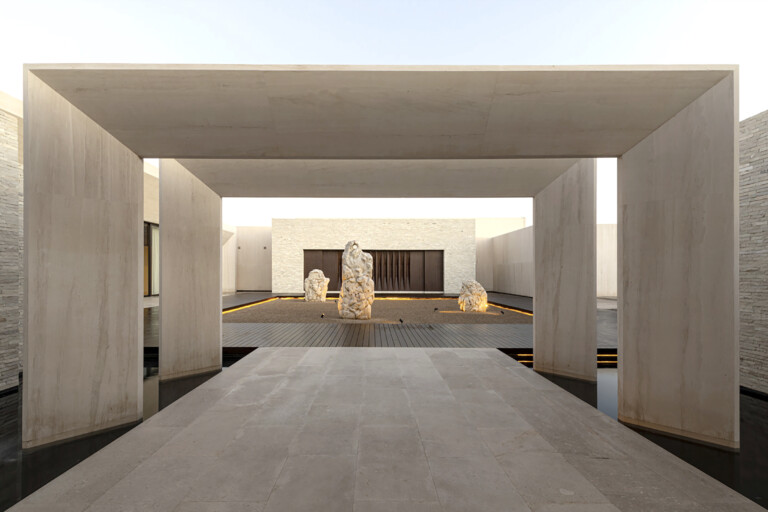
- Case Study
The Design Journey of Nobu Hotel and Residences Los Cabos
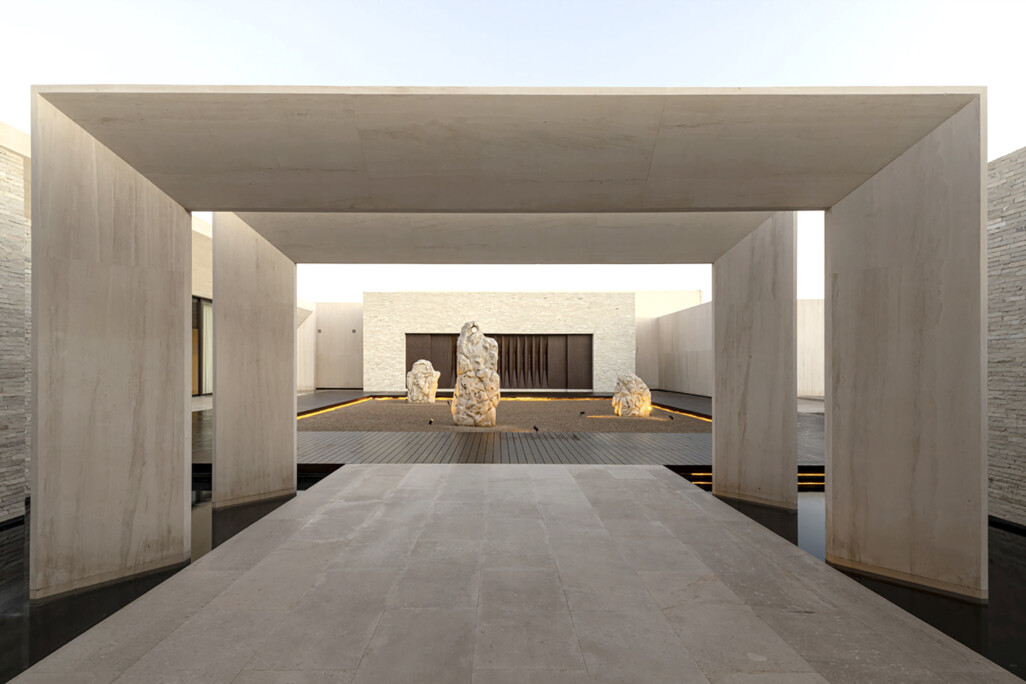
- Case Study
The Design Journey of Nobu Hotel and Residences Los Cabos


- News
Helping shape Egypt’s future

- Employee Feature
Beyond Boundaries: Celebrating World Landscape Architecture Month 2025

- Employee Feature
